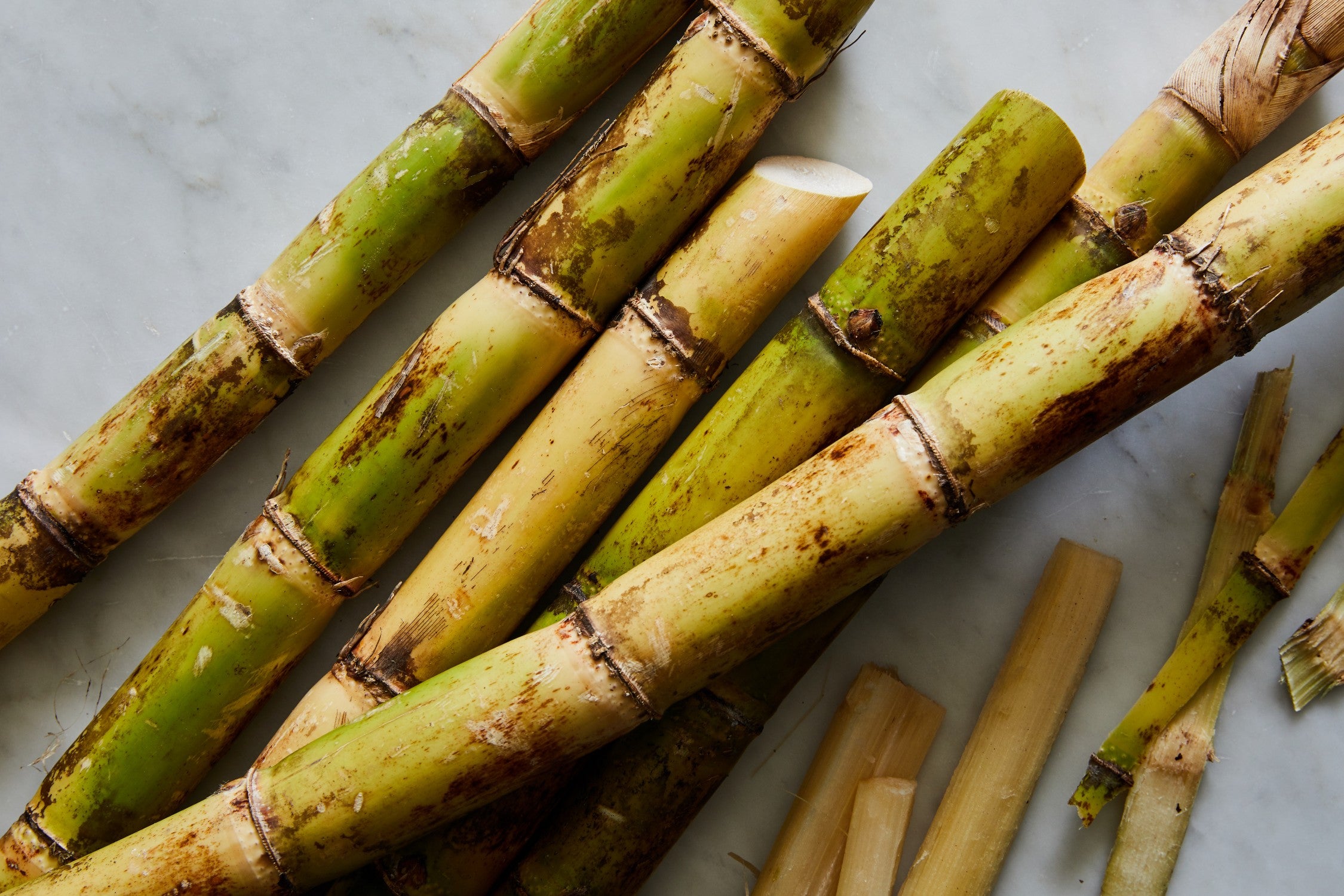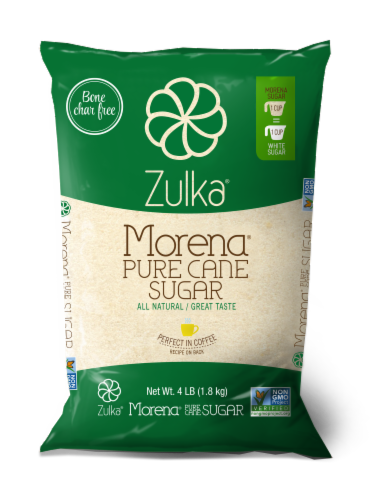The Trip of Cane Sugar Processing: From Harvest to Crystals
The Trip of Cane Sugar Processing: From Harvest to Crystals
Blog Article
Comprehending the Essential Methods and Technologies Used in Modern Cane Sugar Handling
The evolution of cane sugar handling has actually been dramatically formed by the combination of sophisticated methods and innovations that attend to both performance and sustainability. As we check out these important improvements, it ends up being vital to take a look at how they not only enhance manufacturing however likewise align with more comprehensive market trends and customer needs, increasing questions concerning the future of sugar handling and its ramifications for worldwide markets.
Historical Context of Cane Sugar Handling
The historic context of cane sugar handling exposes an abundant tapestry of agricultural development and cultural exchange that has actually shaped its development over centuries. Stemming in Southeast Asia, sugarcane was grown as early as 8000 BCE - Cane Sugar Processing. The process of extracting and improving sugar got momentum in India, where techniques for crystallization were developed around the sixth century. This knowledge went across to the Middle East, and by the 12th century, sugar came to be a valued product in Europe, bring about the facility of sugar plantations in the Mediterranean.

Advanced Extraction Methods
Performance in walking cane sugar removal has seen significant developments, driven by the requirement for higher yields and lower production expenses. This strategy not just raises sugar return yet additionally minimizes the power needed for handling.
In addition, the fostering of membrane layer filtering innovations, such as nanofiltration and turn around osmosis, has transformed the splitting up of sugar from pollutants. These techniques enable the careful permeation of sugar molecules while keeping larger contaminants, streamlining the extraction procedure and decreasing waste.
In addition, the combination of constant extraction systems has actually brought about boosted functional effectiveness. Cane Sugar Processing. These systems maintain a constant circulation of walking stick material, guaranteeing optimal removal problems and decreasing downtime associated with set handling
Ingenious Refining Technologies
Refining techniques in walking cane sugar processing have gone through a transformative shift, driven by the demand for greater pureness and improved item quality. Among the most significant developments is the fostering of membrane purification innovations, such as ultrafiltration and nanofiltration. These processes effectively get rid of impurities and colorants without the requirement for extensive chemical treatments, therefore protecting the sugar's all-natural flavor and improving its allure.
Another substantial advancement is using ion exchange materials, which enable for selective elimination of undesirable ions from sugar services. This innovation not only increases the general pureness of the end product however likewise adds to reduced waste and ecological impact.
Moreover, developments in adsorption methods, making use of turned on carbon and other sophisticated products, have shown efficient in decolorizing sugar remedies while keeping optimal quality. The integration of these ingenious refining modern technologies makes certain that producers can generate polished sugar with remarkable quality and preference, satisfying the advancing choices of customers.
Automation and Control Equipment
Current innovations in refining technologies have paved the means for substantial renovations in automation and control systems within walking cane sugar handling centers. These systems use advanced software program and equipment to enhance functional performance, lower human mistake, and make sure constant product quality.
Modern automation integrates different components, including sensing units, actuators, and programmable reasoning controllers (PLCs), allowing real-time monitoring and control of crucial processes. For example, circulation, pressure, and temperature rates can be exactly managed during extraction, information, and crystallization phases, maximizing performance and minimizing waste.
Moreover, progressed data analytics and artificial intelligence algorithms play a pivotal role in anticipating maintenance, permitting operators to anticipate devices failures before they take place. This positive approach not just decreases downtime yet likewise expands the life expectancy of machinery.
Furthermore, automation helps with the execution of Market 4.0 concepts, empowering sugar mills to attain greater connection and click for source data exchange throughout processes. As an outcome, decision-making comes to be more active and informed, inevitably enhancing the general competition of cane sugar manufacturing. With these improvements, the sector is well-positioned to meet expanding worldwide needs while maintaining operational quality.
Sustainability Practices in Sugar Manufacturing
Sustainability practices in sugar production have actually come to be progressively crucial as the industry seeks to stabilize financial viability with environmental obligation. As consumer awareness grows pertaining to the ecological effects of farming practices, sugar producers are embracing cutting-edge approaches to reduce their ecological footprint.
One substantial approach is the implementation of precision agriculture methods, which use information analytics to maximize source usage, such as water and fertilizers. This reduces waste and minimizes the effect on regional ecological communities. Furthermore, many producers are transitioning to renewable resource sources, such as biomass from sugarcane by-products, to power their operations, thus reducing dependence see here on nonrenewable fuel sources.
Water administration techniques are additionally essential; rainwater harvesting and efficient watering systems aid minimize water deficiency concerns. Cane Sugar Processing. In addition, incorporated parasite administration approaches minimize chemical usage, promoting biodiversity and soil health
Business social responsibility initiatives are arising, with firms spending in regional neighborhoods and making sure fair labor methods. By welcoming these sustainability practices, the sugar industry not just boosts its credibility however additionally adds to a more sustainable farming landscape, leading the way for future generations.

Conclusion
In summary, contemporary walking stick sugar handling includes a variety of innovative strategies and innovations that dramatically enhance return, performance, and sustainability. The fostering of ingenious extraction and refining methods, alongside automation and control systems, helps with improved operational efficiency and item top quality. Moreover, the emphasis on sustainable techniques emphasizes a dedication to reducing environmental impact and advertising moral manufacturing. Collectively, these advancements place the walking Find Out More stick sugar industry to meet modern needs while resolving important worldwide challenges.
The development of cane sugar handling has been substantially shaped by the combination of innovative methods and modern technologies that deal with both performance and sustainability.The historical context of walking stick sugar handling reveals an abundant tapestry of farming development and social exchange that has actually shaped its advancement over centuries. Technologies in milling and refining emerged, laying the groundwork for modern-day walking stick sugar handling.Refining strategies in cane sugar handling have actually undergone a transformative shift, driven by the need for greater purity and enhanced item quality.In summary, modern-day walking cane sugar processing integrates an array of advanced methods and technologies that substantially boost sustainability, efficiency, and yield.
Report this page